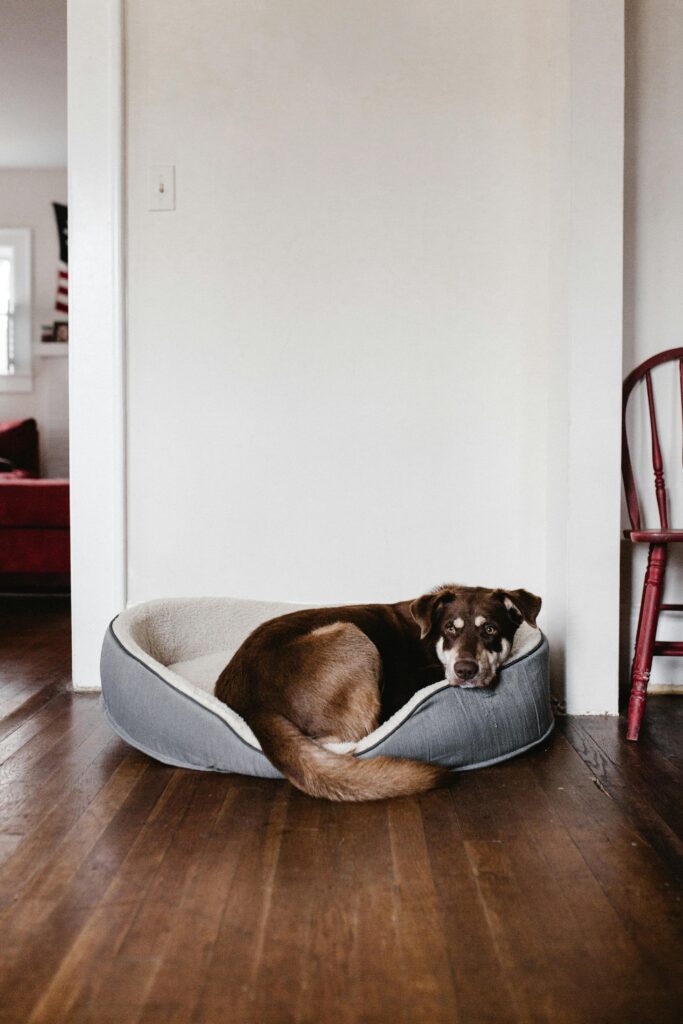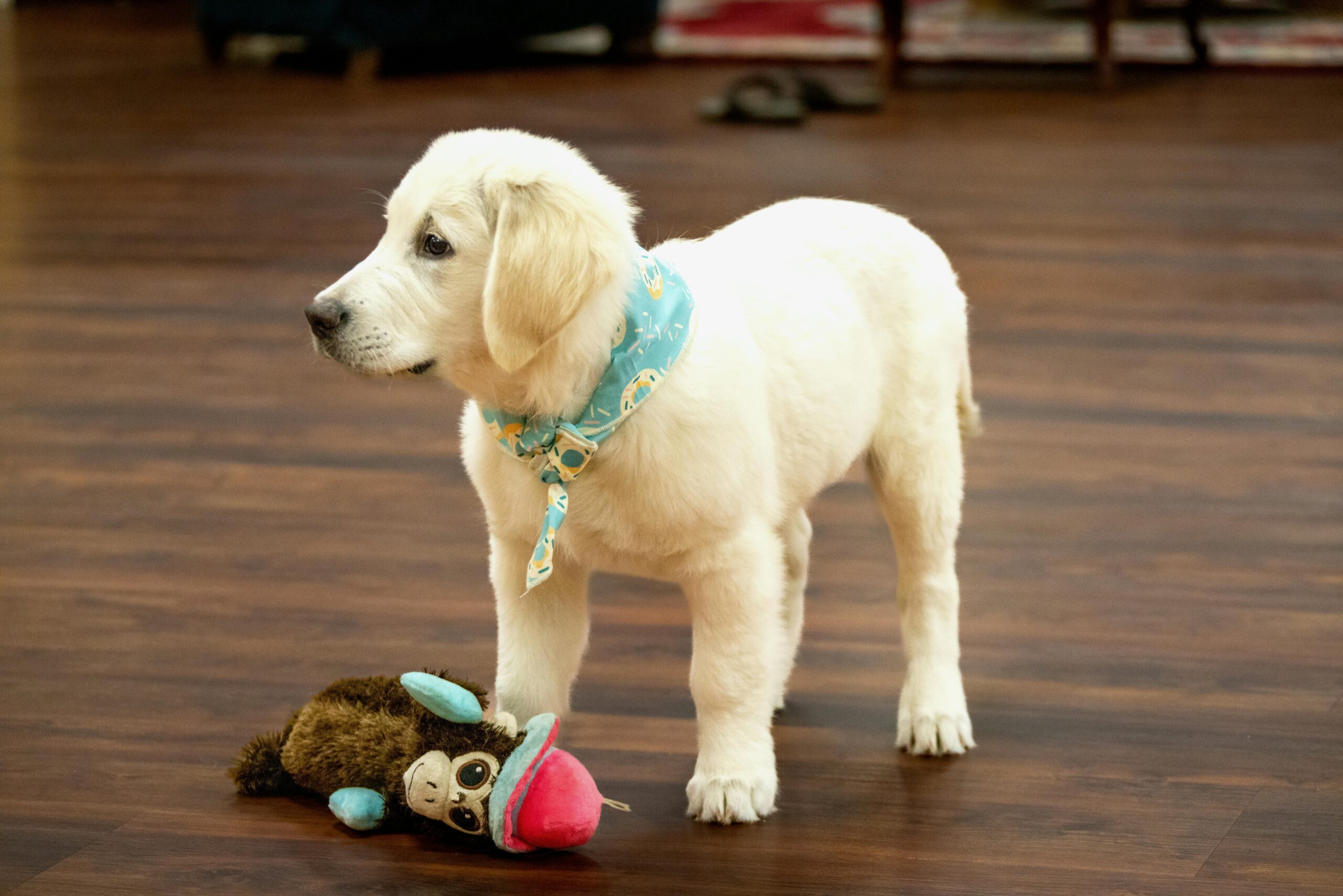Bringing a new dog home is exciting, but the transition can also create tension for both your current pets and the newcomer. Dogs thrive on routine, so adding another animal changes the balance of the household. A poor introduction can lead to stress, fights, or long-term behavior issues.
As a professional trainer, I guide families in Canton through introductions all the time. With patience and structure, you can make the experience smoother for everyone.

Preparing Before the First Meeting
Before you even bring the new dog home, set up your environment for success.
- Create separate spaces: Have crates or gated areas ready so each dog has their own safe zone.
- Stock training tools: Use standard leashes (not retractables) and treats for controlled greetings.
- Remove high-value triggers: Put away toys, chews, or food bowls that could cause competition.
- Plan time for introductions: Do not rush; schedule introductions when you can stay calm and present.
The First Introduction
Neutral territory is the best place for dogs to meet.
Step 1: Take both dogs for a parallel walk at a distance, gradually closing the gap as they relax.
Step 2: Allow short sniffing sessions, keeping leashes loose but controlled.
Step 3: Reward calm, polite behavior with praise and treats.
Step 4: Keep the initial meeting brief, then separate before tension arises.
According to the AKC’s introduction guide, gradual exposure and positive reinforcement are the safest ways to help dogs build trust.
Bringing the New Dog Inside
Once the dogs have met on neutral ground, bring them home in a structured way.
- Walk them into the house calmly, one at a time.
- Keep them on leashes for the first interactions indoors.
- Allow exploration but redirect any tension with a calm “let’s go” or by guiding to “place.”
- Offer praise for relaxed behavior and breaks in separate spaces if needed.
Managing the First Few Weeks
Adjustment takes time. These tips help maintain peace during the transition:
- Feed dogs separately to prevent resource guarding.
- Rotate crate or room time so each dog has a safe retreat.
- Supervise play until you are confident in their behavior together.
- Maintain individual training sessions for both dogs to prevent rivalry.
If challenges arise, consistency is key. Our blog on transforming fear into joy with positive handling offers useful tips for dogs struggling with nerves or tension.
Territory and Resources
Dogs often guard what they see as “theirs,” so plan for resource management early.
- Separate feeding areas: Prevent conflict by feeding dogs in different rooms or crates.
- Provide multiple toys and chews: Limit competition by offering plenty of enrichment items.
- Monitor sleeping arrangements: Don’t force dogs to share beds or crates until they’re comfortable.
- Supervise play: Step in if interactions get too rough or if one dog seems overwhelmed.
By managing resources carefully, you reduce the risk of fights and help your dogs develop positive associations with one another.
Checklist: New Dog Essentials for Success
- Crate and bedding
- Food and water bowls
- Collar, leash, and ID tags
- Enrichment toys and chews
- Baby gates for managing space
- A consistent routine for feeding, potty, and exercise
- Patience and a positive mindset
Common Mistakes to Avoid
- Rushing introductions: Forcing dogs or kids on a new dog can overwhelm them.
- Too much freedom too soon: Start structured and gradually allow more freedom.
- Neglecting training: Skipping obedience training leads to confusion and chaos.
Ignoring warning signs: Growling, lip-licking, or stiff posture are signals your dog needs space.
When to Seek Professional Help
Not every introduction goes smoothly. Signs like constant growling, snapping, or extreme avoidance mean it’s time to bring in a professional. At Off Leash K9 Training Canton, we specialize in structured introductions and can help reduce stress while building cooperation.
Our Basic & Advanced Obedience Program also creates the foundation for peaceful multi-dog households by teaching both dogs consistent rules and reliable commands.
Bringing home a new dog soon? Contact us today and let us guide you through safe, stress-free introductions.

